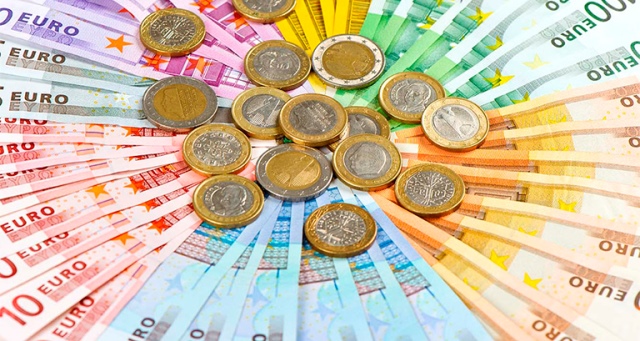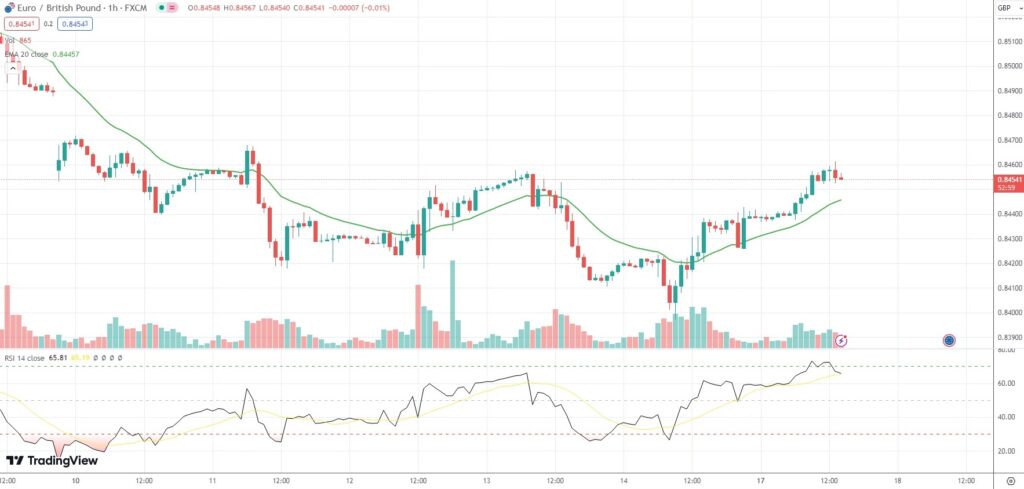Pay in the Euro Area has increased 5.3% year-on-year during the first quarter of 2024, data by Eurostat showed, accelerating from a revised up 3.2% rise in Q4 of 2023.It has been the fastest wage grow
Euro Area wage growth fastest since Q4 2022

Pay in the Euro Area has increased 5.3% year-on-year during the first quarter of 2024, data by Eurostat showed, accelerating from a revised up 3.2% rise in Q4 of 2023.
It has been the fastest wage growth rate since the fourth quarter of 2022.
In Q1, pay growth picked up for:
– manufacturing (5.8% YoY from 4.7% YoY in Q4 2023);
– construction (6.1% YoY from 4.4% YoY in Q4 2023);
– information and communication (5.6% YoY from 4.8% YoY in Q4 2023);
– financial and insurance activities (5.8% YoY from 4.4% YoY in Q4);
– professional, scientific and technical activities (6.7% YoY from 1.6% YoY in Q4).
In the meantime, wage growth slowed for:
– mining and quarrying (7.8% YoY from 11.1% YoY in Q4);
– water supply and sewerage (5.5% YoY from 5.7% YoY in Q4);
– transport and storage (5.1% YoY from 5.8% YoY in Q4);
– utilities (2.3% YoY from 5.3% YoY in Q4);
– wholesale and retail trade (4.6% YoY from 4.9% YoY in Q4);
– real estate (0.7% YoY from 2.9% YoY in Q4).
The Euro was 0.33% firmer on the day against the British Pound, with the EUR/GBP currency pair last trading at 0.8454.







